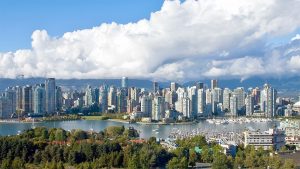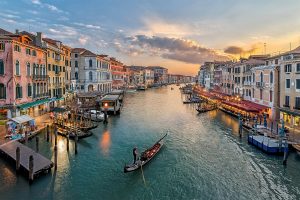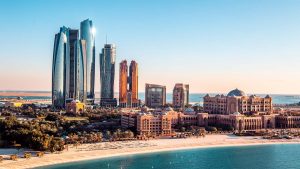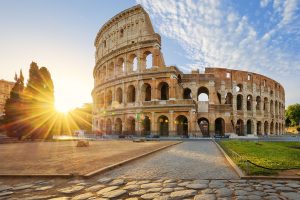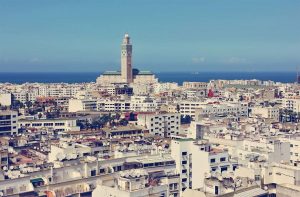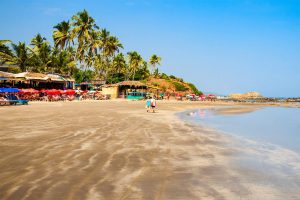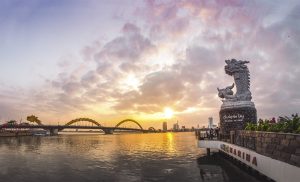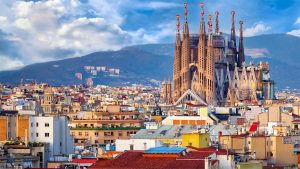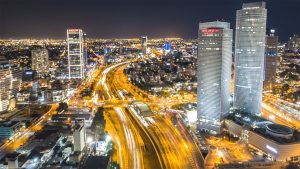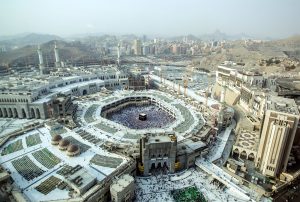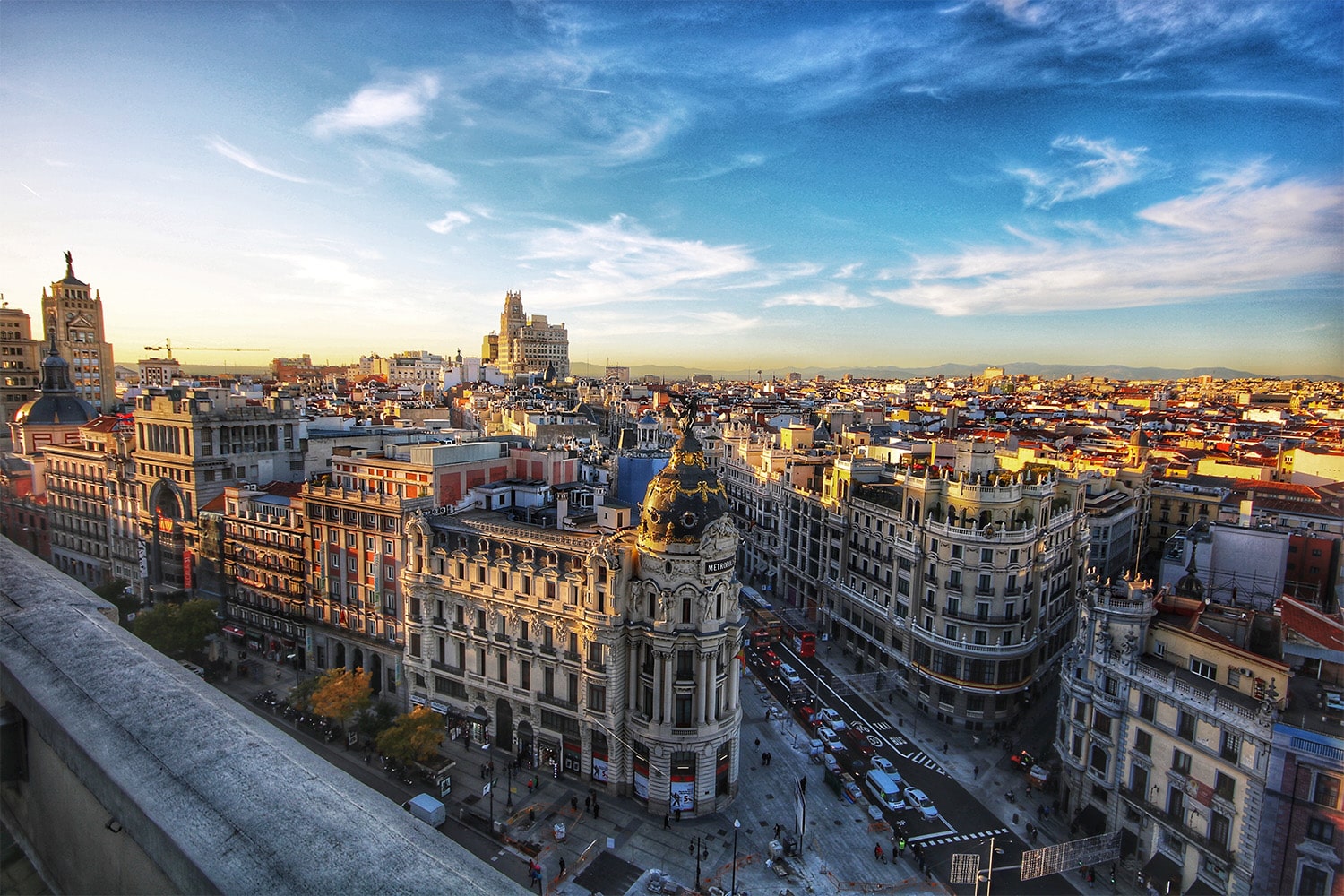
36 interesting facts about Madrid
- 👁️ 1427
Madrid, the vibrant capital city of Spain, is a treasure trove of history, culture, and art. Known for its beautiful parks, renowned art museums, and bustling nightlife, Madrid offers a unique blend of traditional and modern Spanish life. As the third-largest city in the European Union, Madrid is not only a political, economic, and cultural hub but also a place where centuries-old traditions seamlessly merge with cutting-edge innovation. From its historic quarters and royal palaces to its role as a center for international diplomacy and business, Madrid encapsulates the spirit of Spain. Here are 36 interesting and informative facts about Madrid that showcase its significance and allure.
- Madrid became the capital of Spain in 1561 under the reign of King Philip II.
- The city is located on the Manzanares River in the center of the country, making it the highest capital city in Europe.
- Madrid’s name is derived from the Arabic term “Mayrit,” which means ‘place of abundant water’.
- The Royal Palace of Madrid is the largest royal palace in Western Europe by floor area.
- Madrid is home to the Prado Museum, one of the world’s premier art galleries, with a collection that includes works by Velázquez, Goya, and El Greco.
- The city’s main square, Plaza Mayor, was once the scene of markets, bullfights, soccer games, and public executions.
- Madrid hosts the headquarters of the World Tourism Organization (UNWTO).
- The Madrid Metro is the second-largest underground system in Europe and the sixth-largest system in the world.
- Retiro Park, once a retreat for the Spanish monarchy, is one of Madrid’s largest and most popular public parks.
- The bear and the strawberry tree (El Oso y El Madroño) is the symbol of Madrid and can be found in the city’s coat of arms.
- Madrid’s Gran Vía is known for its shopping, nightlife, and iconic architecture, often compared to New York’s Broadway.
- The city was under Moorish rule from the 9th to the 11th century.
- Madrid is the only city in the world with nine UNESCO World Heritage Sites within a two-hour drive.
- The Cibeles Fountain and Plaza have become symbolic of the city and are a popular meeting point for celebrations, especially for Real Madrid fans.
- Madrid’s Puerta del Sol contains the famous clock whose bells mark the traditional eating of the Twelve Grapes and the beginning of a new year.
- The city’s Universidad Complutense is one of the oldest universities in the world, established in 1293.
- Madrid has a high-altitude Mediterranean climate, resulting in warm summers and cool winters.
- The city’s cultural tradition of going for “tapas” involves hopping from bar to bar and enjoying small dishes.
- The Mercado de San Miguel, near Plaza Mayor, is a historic and gourmet food market.
- Madrid is the birthplace of flamenco, though Andalusia is often credited with its origin.
- The city’s football team, Real Madrid, is one of the most famous and successful football clubs in the world.
- Madrid-Barajas Adolfo Suárez Airport is the second-largest airport in Europe by physical size.
- The Madrid Atocha Train Station houses a tropical garden and turtle pond inside its main concourse.
- The Reina Sofía museum hosts Picasso’s famous painting “Guernica”.
- Calle de Alcalá is one of the longest streets in Madrid, stretching over 10 kilometers.
- Madrid has more cloudless days than almost any other city in Europe.
- The city was once surrounded by a medieval wall, parts of which can still be seen.
- Madrid’s CaixaForum is an example of modern architecture, featuring a vertical garden on its exterior wall.
- Every year, Madrid hosts the Madrid Gay Pride, one of the world’s largest LGBTQ+ celebrations.
- The city’s El Rastro is the most popular open-air flea market in Spain, held every Sunday and public holiday.
- Madrid became a capital purely for political reasons, as it did not have the economic or geographical advantages of other Spanish cities.
- The Temple of Debod is an ancient Egyptian temple that was dismantled and rebuilt in Madrid.
- Madrid’s nickname is “El Foro,” which means “The Forum”.
- The city has a tradition of chocolaterías serving hot chocolate with churros, especially popular in the winter.
- Santiago Bernabéu Stadium, home to Real Madrid, is one of the world’s most famous and prestigious football venues.
- Madrid was the scene of some of the most important events of the Spanish Civil War in the 1930s.
Madrid’s rich history, vibrant culture, and dynamic presence on the world stage make it a fascinating city to explore and study. From its days under Moorish rule to its current status as a bustling European capital, Madrid has always been a place of convergence for different cultures, ideas, and traditions. Its museums, parks, and squares tell the story of a city that has played a pivotal role in the history of Spain and Europe. Madrid’s blend of historical significance, cultural richness, and modern vitality makes it an enduring symbol of Spanish heritage and an inviting destination for visitors from around the globe.
